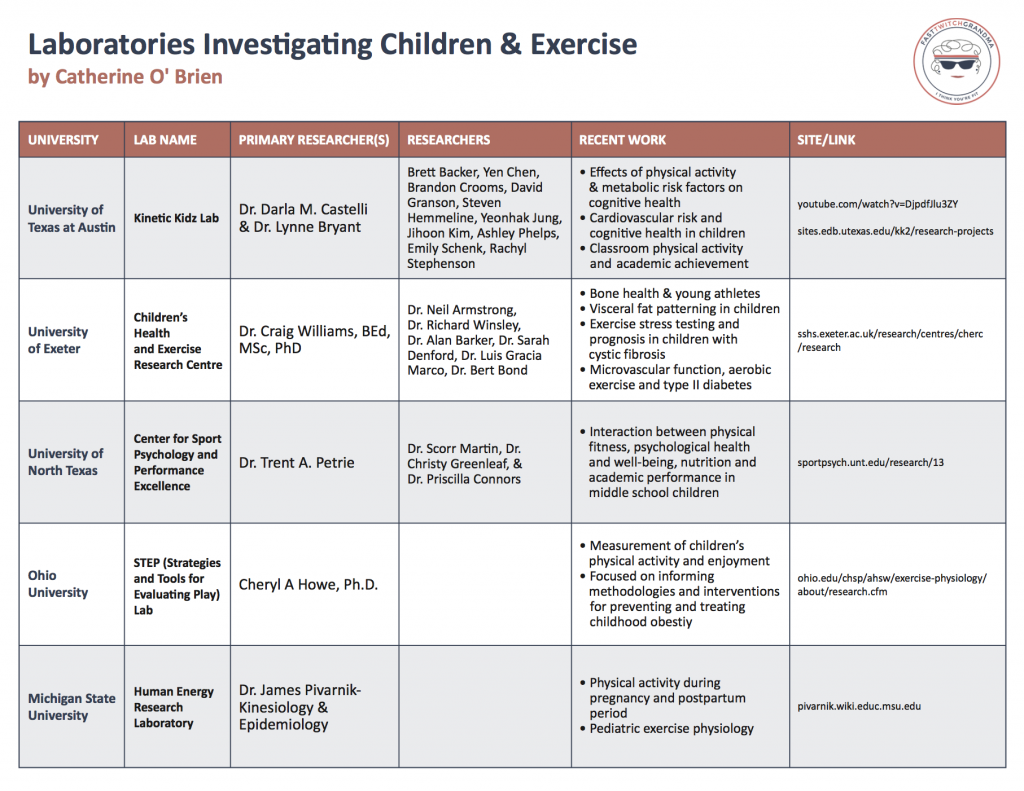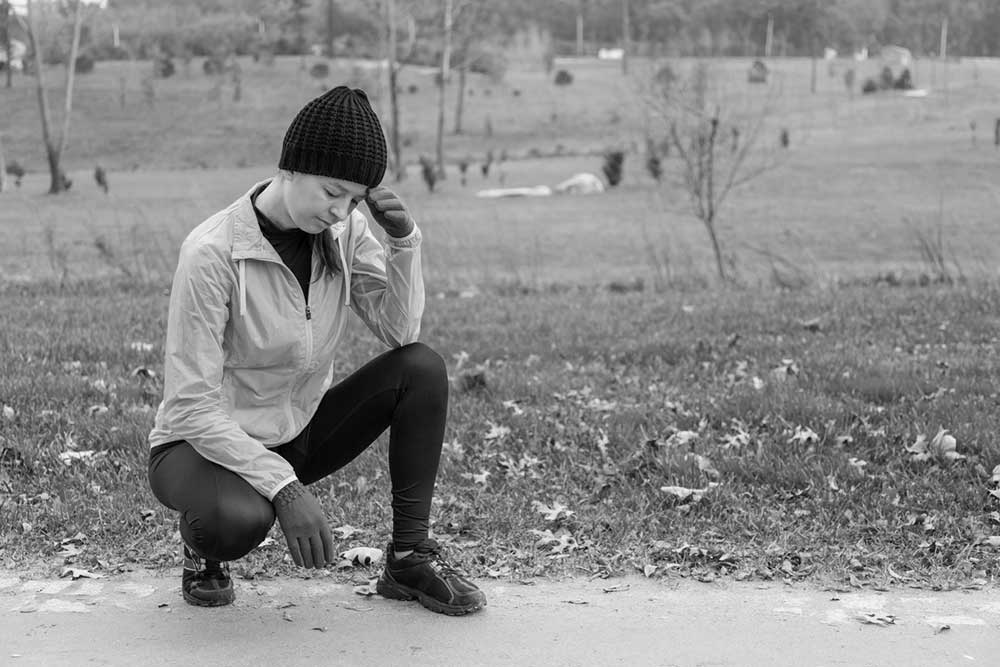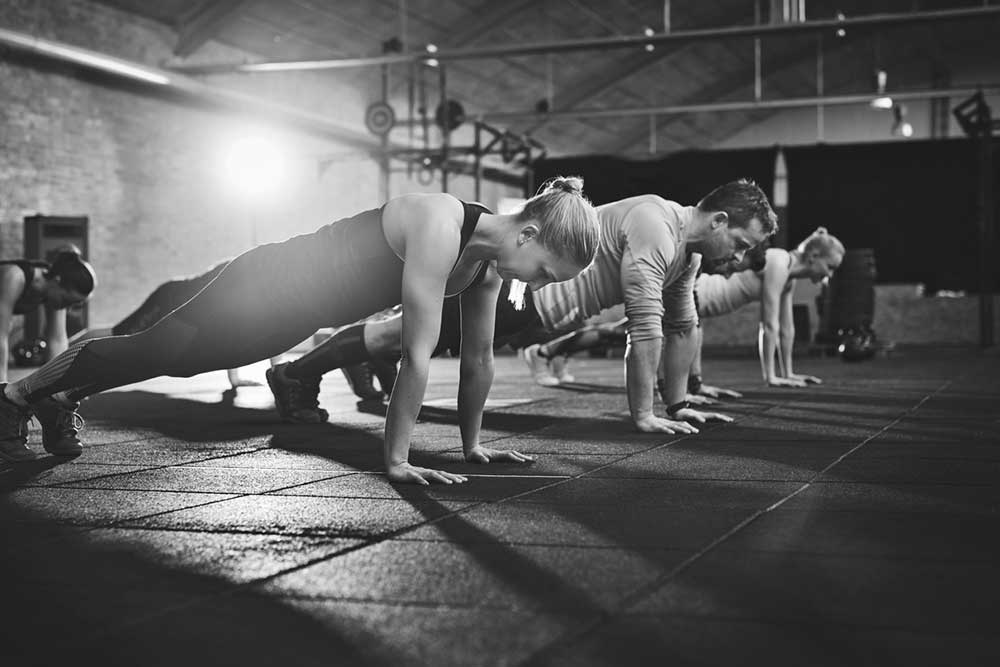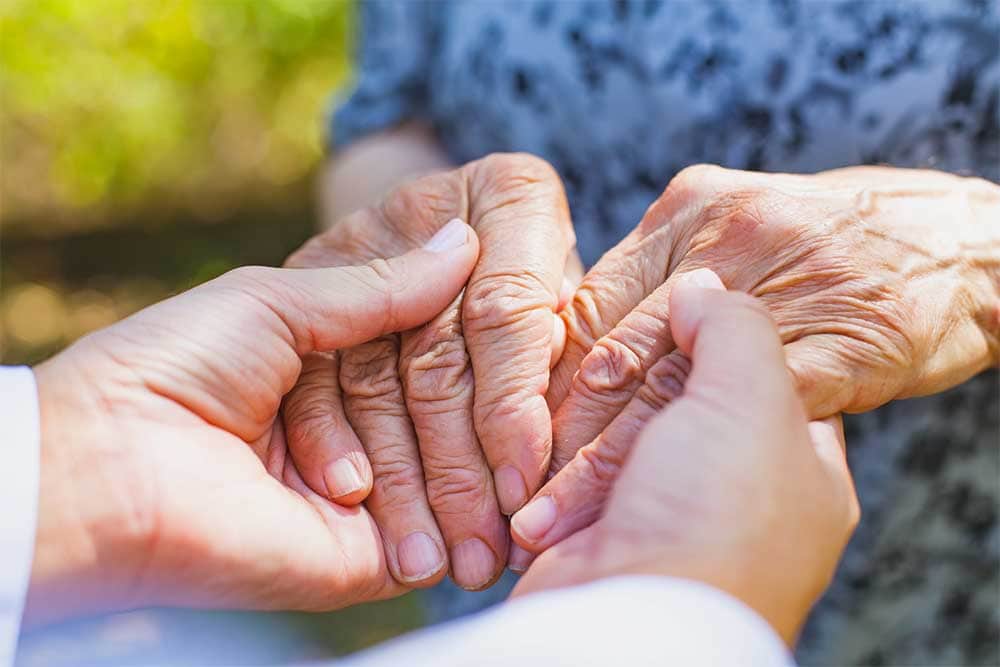Building An Autism Friendly Workout Plan
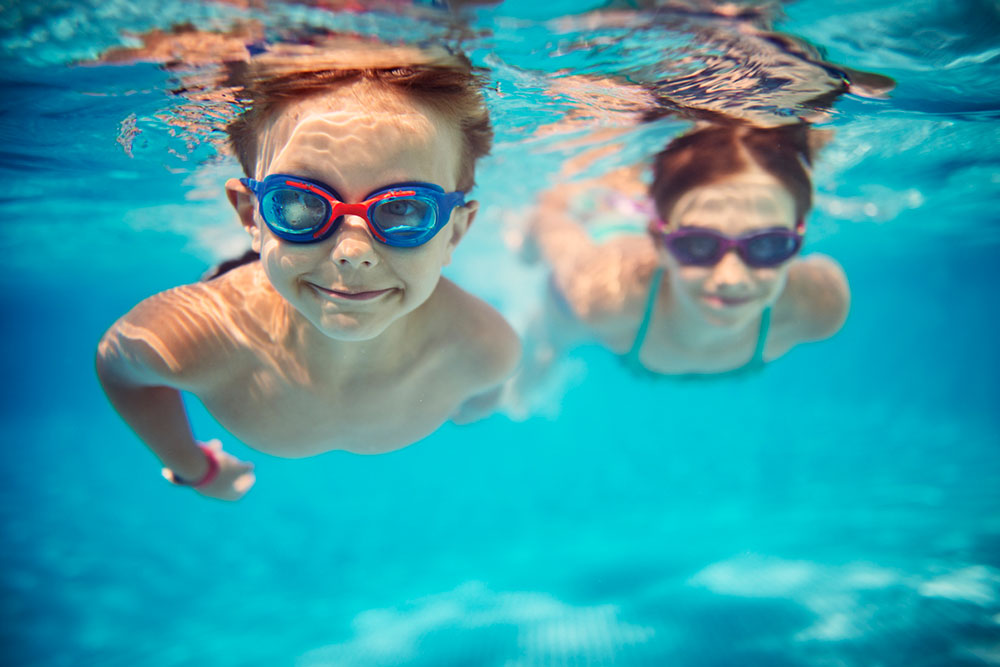
Catherine O’Brien
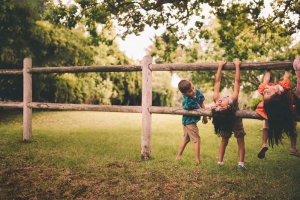 Autism spectrum disorder (ASD) refers to a group of developmental disorders that vary in severity. As it is a spectrum disorder, there are mild and severe forms of ASD. According to the Center for Disease Control and Prevention (CDC), Autism Spectrum Disorder affects 1 in 68 children. The National Institute of Mental Health indicates that ASD is marked by the following characteristics:
Autism spectrum disorder (ASD) refers to a group of developmental disorders that vary in severity. As it is a spectrum disorder, there are mild and severe forms of ASD. According to the Center for Disease Control and Prevention (CDC), Autism Spectrum Disorder affects 1 in 68 children. The National Institute of Mental Health indicates that ASD is marked by the following characteristics:
-
Social problems that include difficulty communicating and interacting
-
Repetitive behaviors and limited interests/activities
-
Symptoms are recognized within the first two years of life
-
Symptoms impair individual’s ability to function in various social situations (i.e. school, work, etc.)
Given the prevalence and impairments associated with ASD, it is not surprising that researchers are constantly investigating therapies to help individuals with ASD. Exercise interventions have been explored and have produced very interesting results that suggest physical exercise can help remediate some of the symptoms associated with ASD. There are many challenges with applying these learnings, however.
Related Article: The Effect Of HIIT On Children’s Motor Skills
Obstacles:
-
Decreased interest
-
Increased sensitivity to stimuli
-
Difficulty maintaining focus
Research done by Collins et al (2016) found that, compared to typically developing children, children with autism displayed lesser interest in leisure activity. Children with ASD did not enjoy formal and physical activities as much as typically developing children. This research highlights the importance of understanding activity patterns and interest when working with children with ASD. As such, exercise programs for children with ASD need to be designed with the disorder in mind. The structure and rules that may appeal to a child without ASD, may prove stressful for a child with ASD. Sensations of environmental stimuli may also influence the level of enjoyment and participation among children with ASD.
Understanding the decreased levels of enjoyment, it is no surprise that research has found decreased levels and frequency of physical activity among adolescents with ASD. Stanish, Curtin, Must Phillips, Maslin, and Bandini (2017) conducted research examining physical activity levels, frequency and, type among adolescents with and without ASD. Their results showed that, on average, adolescents with ASD completed 20 minutes less of moderate and vigorous physical activity compared to typically developing adolescents.
ASD Friendly Workout Plan:
In order to combat the challenges associated with designing an exercise program for a child with ASD, Eric Chessen, the founder of Autism Fitness, provides some helpful tips. According to the Autism Society, creativity and full body movement are of utmost importance. Chessen, says that the focus should be on movement-based exercises as this type of exercise “teaches the body to function as a cohesive, optimized unit” (Chessen, Autism Society, 2014). In this way, he recommends “animal-based movement patterns” including bear walks, crab walks, frog hops, and gorilla steps. Chessen also stresses the importance of generalization. That is, teaching and practicing movements that have utility outside of the physical fitness realm. For children with ASD, developing basic movements like running, jumping, climbing, pulling, pushing and throwing are important to develop.
Related Article: Training Program For Autism
Creativity is an important ingredient in any fitness regimen for children with ASD. As mentioned above, sensitivities to various types of stimuli and limited focused attention require that the movements are easy to remember and have modifications for children who, for example, may not want to touch the grass, turf etc.
Strategies:
-
Focus on full body movement rather than specific muscle areas. Chessen recommends animal-based movements like the crab walk and frog hop.
-
Get creative! Tie the physical activity to a task to build purpose behind the movement and reinforce the activity.
-
Have modifications at the ready. Be prepared to modify movements and activities for children who are particularly sensitive to certain stimuli in the environment.
-
Incorporate group exercise focused on teamwork and helping when possible to improve social behavior.
(adsbygoogle = window.adsbygoogle || []).push({});
You Might Like:
Reduce Cigarette Cravings with Acute Exercise
Catherine O’Brien It is no secret that smoking is a major health hazard that significantly increases risk of cancer, heart disease, stroke and other health problems. That said, 20% of adult men and 16% of...Effects of Outdoor Exercise
Catherine O’Brien Why Does Exercising Outdoors Feel So Much Better? I have always been a proponent of outdoor exercise, particularly running. There is something so satisfying and therapeutic about the fresh air and the sound...Music – Your HIIT Recovery Secret Weapon
Catherine O’Brien The effects of music on exercise experience is a common theme throughout my articles. I am always interested in the relationship between music and physical activity and how music can alter an exercise...Vestibular Migraines: Could Exercise Be The Answer?
Catherine O’Brien My last article highlighted the inverse relationship between headaches and VO2 max levels such that individuals who experienced headaches regularly had, on average, lower VO2 peaks than their control counterparts. Perhaps one of...Which Is Better For The Brain – Long Duration Or Short High Intensity Exercise?
Catherine O’Brien High intensity interval training (HIIT) is a form of exercise that utilizes “repeated bouts of short-to-moderate duration exercise at an intensity of 85-90% of peak oxygen uptake or 90-95% of peak heart rate...3 Strength Exercises For Individuals With Essential Tremor
Catherine O’Brien Essential tremor (ET) is a neurological disorder characterized by involuntary and rhythmic shaking. Typically, tremors occur in upper extremities such as the hands but tremors can exist in other body parts as well...References:
The National Institute of Mental Health, (2016), Autism Spectrum Disorder. Retrieved July 22, 2017 from https://www.nimh.nih.gov/health/topics/autism-spectrum-disorders-asd/index.shtml
Eversole, M., Collins, D. M., Karmarkar, A., Colton, L., Quinn, J. P., Karsbaek, R., . . . Hilton, C. L. (2016). Leisure activity enjoyment of children with autismspectrum disorders. Journal of Autism and Developmental Disorders, 46(1), 10-20.
Stanish, H.I., Curtin, C., Must, A., Phillips, S., Maslin, M., and Bandini, L.G. (2017). Physical activity levels, frequency, and type among adolescents with and without autism spectrum disorder. Journal of Autism and Developmental Disorders, 47: 785-794.
Chessen, E. (2014). How to create exercise programs for the ASD population. Autism Society. Retrieved on July 22, 2017 from http://www.autism-society.org/news/not-create-exercise-programs-asd-population/
(adsbygoogle = window.adsbygoogle || []).push({});

